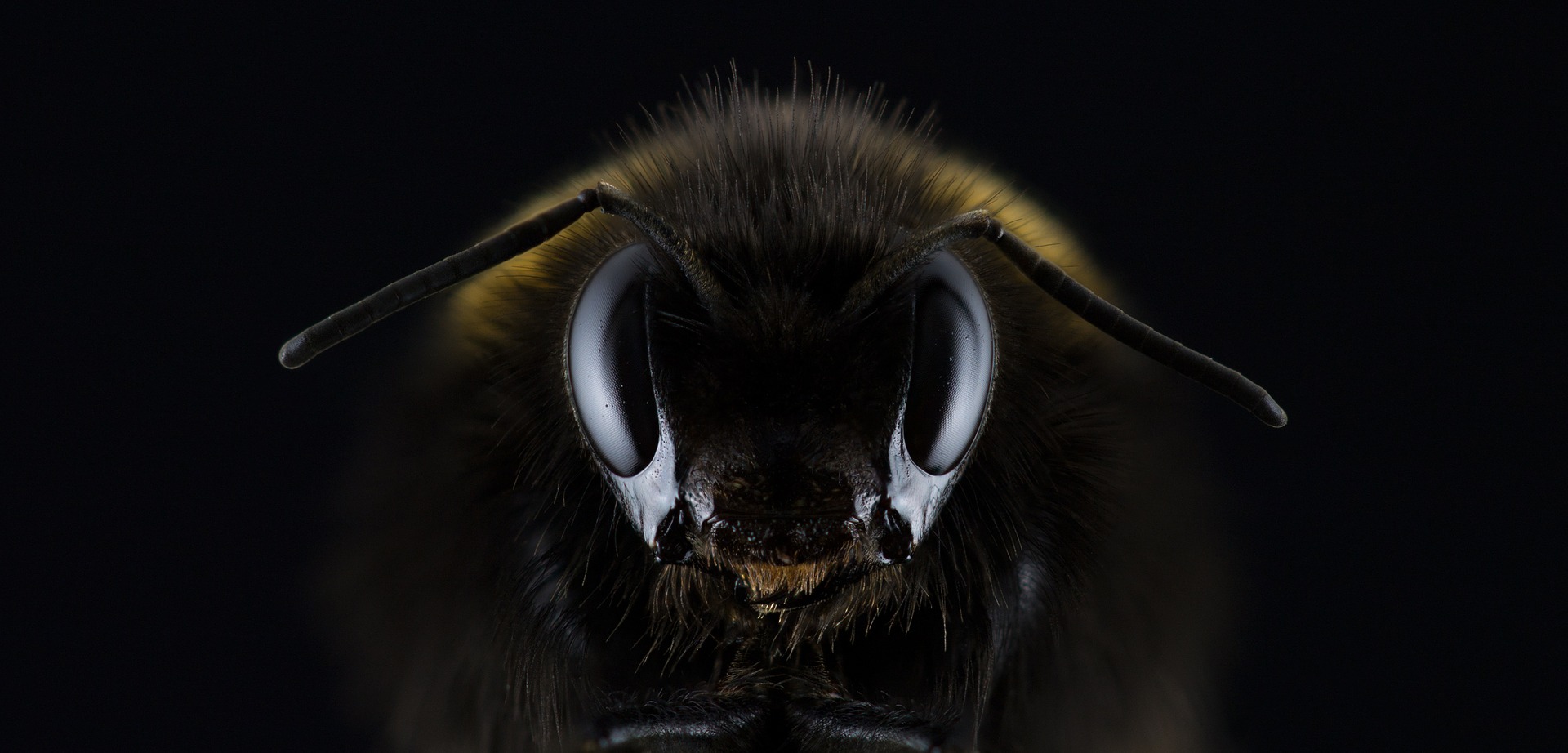Photo by Wonderlane on Unsplash
On a nearly still and moonlit night last week, some 75 people formed a circle on Asilomar State Beach around a sand pit ringed by seaweed. Four dancers swayed around the pit to the sound...
Aggregated News

Sure, the U.S. military has deployed the power of biology and nature before. For instance, the Navy trains dolphins to detect underwater mines. The Army Research Office studies life sciences to find new ways to better soldier protection and performance. And during the Vietnam War, the military experimented with weather manipulation.
In recent years, however, the military—mostly under the umbrella of the Defense Advanced Research Projects Agency—has created a new suite of programs that take a very different approach to harnessing the power of nature: synthetic biology. Among other initiatives, researchers at DARPA are attempting to engineer insects to deliver protective genes to plants; to transform bacteria and yeast into factories to produce on-demand chemicals and fuels; and to develop methods to reverse any threats posed by gene drives. (Gene drives are a mechanism, both natural and human-induced, that drives genetic traits through a population, in some instances to suppress a population.)
These programs represent a new and controversial approach to leveraging the natural world—one that, in essence, militarizes the environment. The...
The Center for Genetics and Society is fiscally sponsored by Tides Center, a 501(c)(3) non-profit organization.
Please visit www.tides.org/state-nonprofit-disclosures for additional information.
© 2023 Tides Center, through the Center for Genetics and Society. All rights reserved.
Privacy Policy. Terms of Use.
